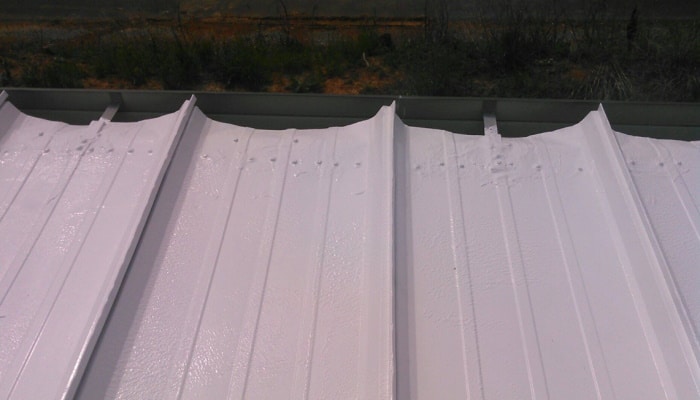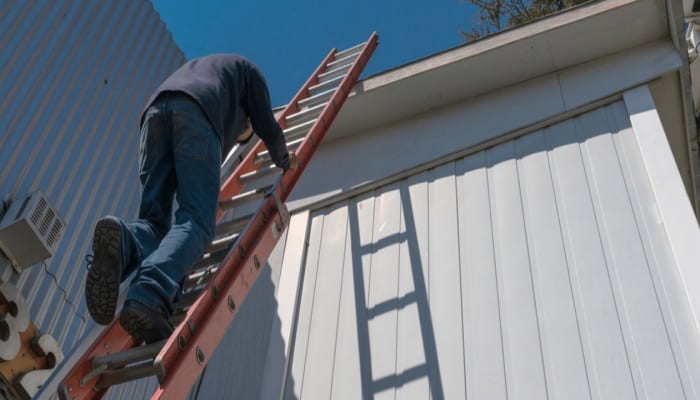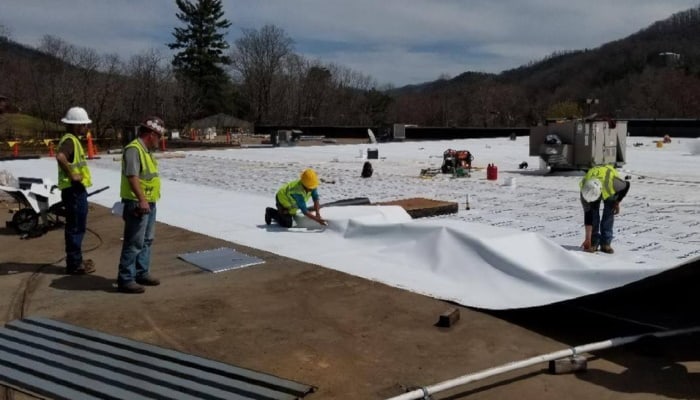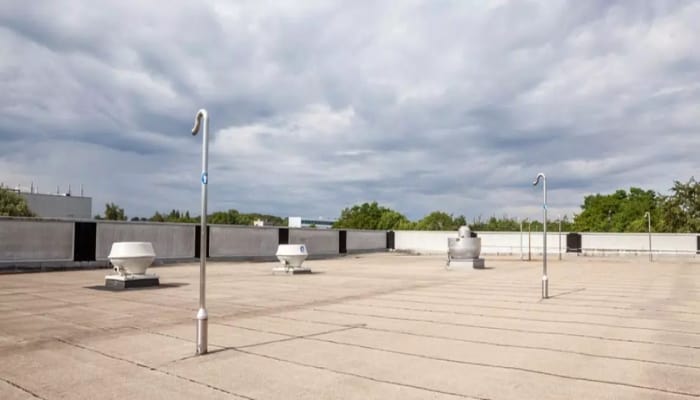As a responsible business owner, you already know how crucial it is to maintain the roof over your business. Part of your maintenance efforts should include preventative weatherproofing methods, which prepare and protect your roof against the harshest elements of the seasons. The more you can minimize damage from rainstorms, high winds, hurricanes, ice and heat, the more money you will save in upkeep and repairs.
Most commercial roofing systems come with some weatherproofing perks upon installation. An excellent place to start is to determine what kind of roof you have, what materials it consists of, and how these specs add up to strengths and weaknesses. Once you have collected this basic information, you’ll know which areas of your roof could use some bolstering for harsh weather. Read on for more insight on a few of the most common ways to weatherproof your commercial roof.
Drainage Systems

No matter what kind of roof you have, it should have some degree of slope. Even flat roofs have a mild grade that allows water to slide off smoothly. Drainage systems can especially enhance this effect as long as they are performing up to standard. Check your gutters and drains frequently to ensure that the flow of water is not obstructed by any debris such as leaves, plant growth or animal droppings.
If you live in a particularly forested area where your roof tends to accumulate debris rapidly, then you may want to consider installing some gutter guards. These protective covers block debris from falling into the gutter, allowing water to pass uninhibitedly within, and make it easier for the debris to get pushed off with some wind or sweeping.
Deicing Cables

Deicing cables are a strong choice for commercial buildings located in colder climates. Ice tends to gradually build up in the form of ice dams, which block your drainage system and cause other forms of damage to the roofing membrane. Deicing cables zigzag across the length of the roof and use electricity to heat up just enough to prevent water from freezing on the roof surface, particularly near the edges and gutters. They can be found at most hardware or home improvement stores for anywhere from $40 to $150 and can be installed with or without professional help.
Underlayment

Underlayment is a membrane layer made of fiberglass, asphalt fiber or rubber that attaches itself to the layer underneath your roof’s shingles or shakes. It is designed to smooth out any irregularities from nail punctures, seams or fasteners, and prevent water from penetrating deeper layers.
Because underlayment cannot be attached to the top layer of a roof, it can only be installed at the time of your entire roof installation. If your roof is already in poor condition and you’re thinking about getting a complete roof replacement, then investing in high-quality underlayment would be a wise choice.
Certain kinds of underlayment can be pricey, but you don’t have to have it installed on your entire roof. Even if your budget can only afford enough underlayment for the roof’s edges, this will help tremendously to prevent water leakage and ice buildup.
Insulation

Insulation plays a key role in keeping heat inside your building during the winter months and keeping cool air inside during the summer months. Plus, poor insulation that allows heat to escape through the roof will likely cause snow, rain or hail to melt during the daytime and then freeze into ice overnight. Therefore, the mere presence of highly functional insulation can save you significant amounts of cash on utility bills and HVAC maintenance. Installing new insulation is possible to do on your own, but hiring a professional roofing contractor will ensure that the fiberglass or mineral wool material is handled in a safe manner.
Weatherproofing methods for your commercial roof are not going to look the same as someone else’s. It will also depend on factors such as your region’s climate and your business’s budget. Whenever possible, consult your local roofing contractor for a proper inspection, insight on your unique roofing system and materials, and other weatherproofing advice geared for your particular situation. In the meantime, however, these preliminary weatherproofing tips will get you started on your way to saving money on seasonal roofing repairs and utility bills.



